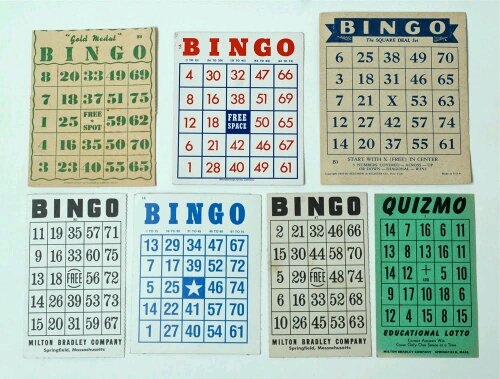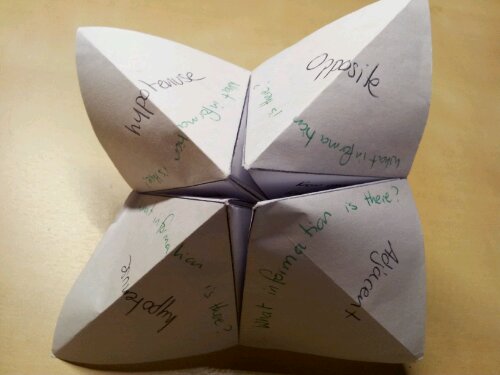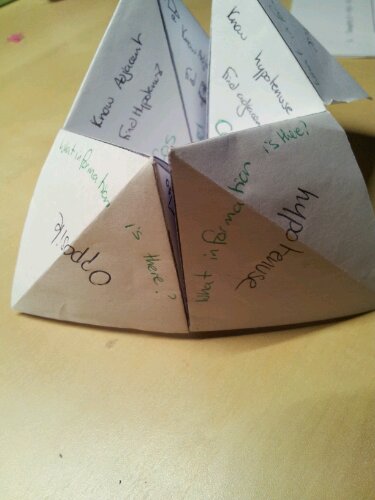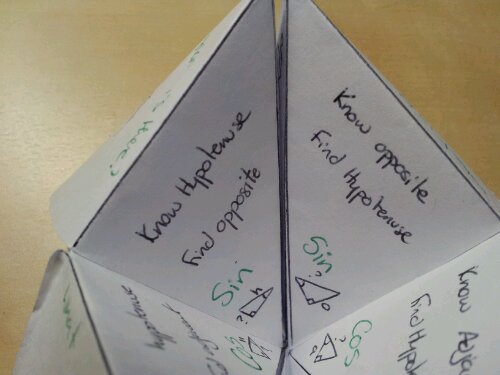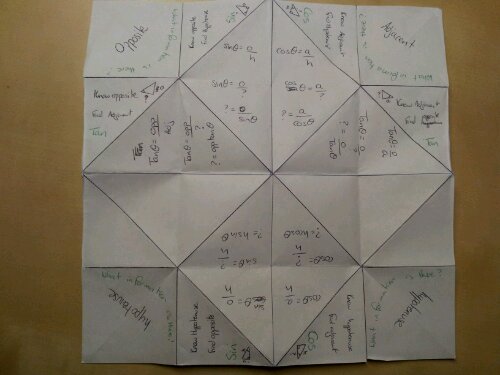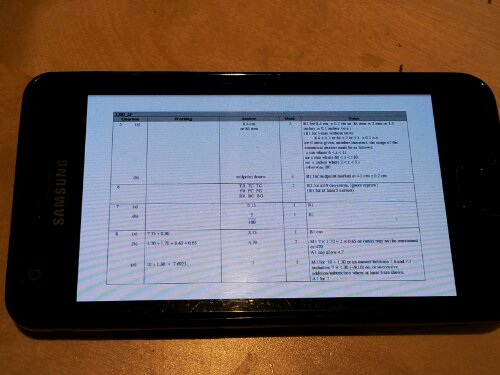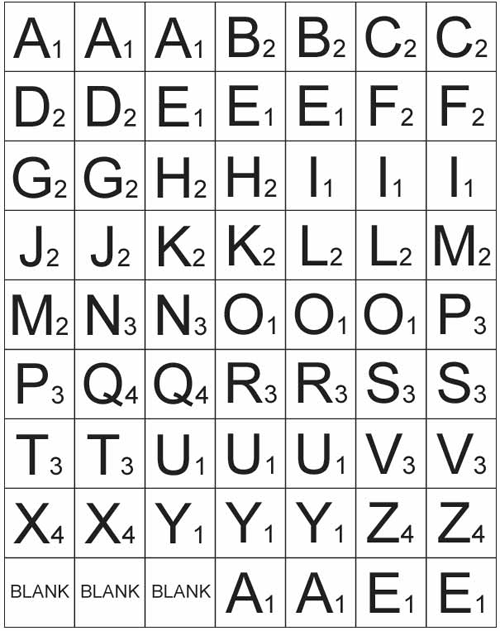When you are teaching simplifying, most published worksheets and textbooks contain pages of themed or mixed questions. It’s not exactly thrilling stuff.
How about a bit of friendly competition?
Equipment
You just need a set of simplifying questions with answers. Any textbook with the answers in the back would do or project the answers on the board.
Set Up
Ask each student to pick eight answers from a specified set.
Play
The teacher reads out a question. The students simplify it and circle if they have it. First player to get all eight wins.
You could repeat this, increasing the difficulty or change to a different theme eg substitution.
The nice thing about this activity is you are in control of the level of difficulty and you can adapt it as you go on. The game element is engaging and the sneaky thing is that everyone has to do every question to have a chance to win.

